Chrysler Is Lancia?
Automotive News [sub] reports that the promotion of Lancia CEO Olivier Francois to Chrysler brand boss heralds a closer alignment of the two brands in the European market. According to AN’s Fiat source, Chrysler and Lancia will share products and distribution going forward, not mention a luxury mandate that has yet to convince the wider market. The association might lend a certain amount of panache to the Chrysler brand, which its former CEO Peter Fong has said should aspire to “a notch above Cadillac.” If nothing else, Chrysler will probably get a version of the next Lancia Ypsilon city car. And Lancia? A new Thesis flagship based on Chrysler’s LX platform, and “a car derived from the Sebring’s successor,” according to AN. In other words, a Fiat. Nothing about these product-sharing plans sound particularly exciting, considering they hardly get Chrysler and Lancia away from their traditions of peddling upscale versions of pedestrian grocery-getters. But Messr. Francois has kept Lancia from going the way of Oldsmobile through his Gallic brand of sultry marketing, like the Carla Bruni spot above (by the way, is that a Chrysler limo?). The hope is that the Francois panache can similarly rescue Chrysler’s efforts, but that’s a tall order for a brand with basically no competitive product. Meanwhile, does Europe need another brand of luxe Fiats?
More by Edward Niedermeyer
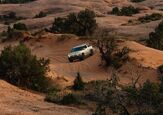
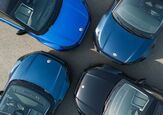













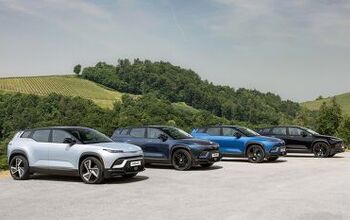
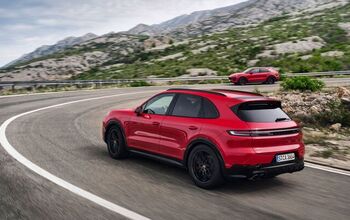

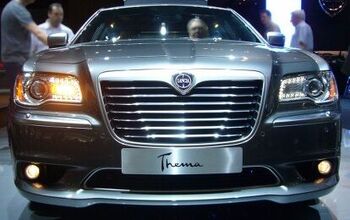
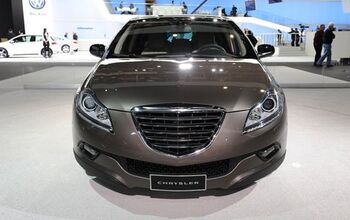
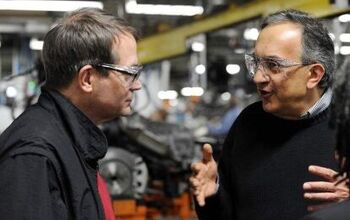
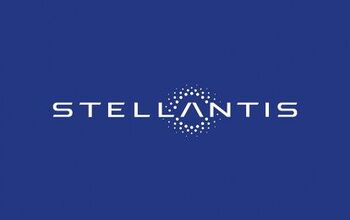
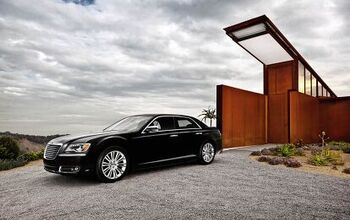
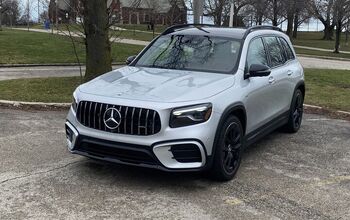
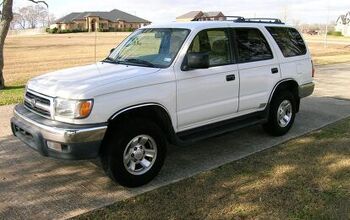

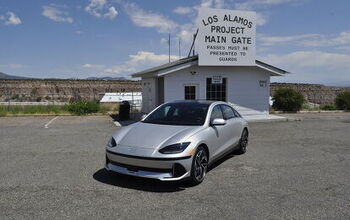

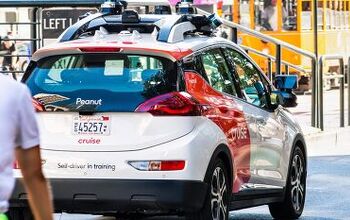
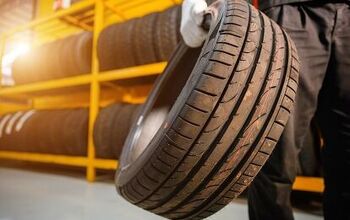
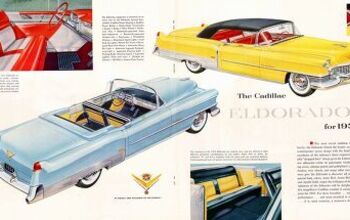
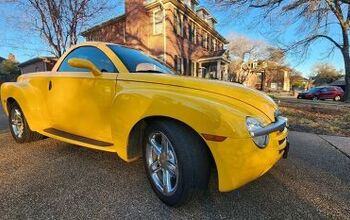
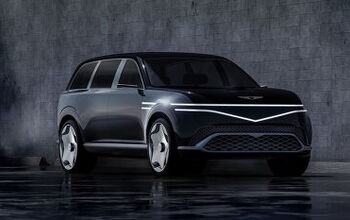
Comments
Join the conversation
Well, autojunkie, I don't think that even I could even screw up Chrysler worse than they already are, at this point.... Besides which. Go read a few long books about how Nash motors and Hudson were individually failing (along with the rest of the smaller US car companies in the early 1950's) and why. Then read about the merger of Nash and Hudson into American Motors and how they managed to pull a rabbit out of the hat, focus on what Detroit Inc didn't do, and had confidence in their research which showed that many Americans were getting fed up with what Detroit offered (i.e. obese, finned, gasoholic monstrosities) - and that the new American Motors Rambler cars had to be small(ish) and economical, yet not "cheap" nor low-rent in looks. Then came the recession of 1958 and American Motors was the envy of all the other car makers. Perhaps then you'll understand my references to "doing an American Motors".
I've read plenty of books on automotive history. My regular hangout is the Skillman Branch of the Detroit Public Library. http://www.detroitpubliclibrary.org/nahc/index.htm You make some obvious points Menno, but that was 1959. The auto industry is a completely different world from what it was then.
Hmm, apart from some 'cult' classics like the Delta Integrale and the Stratos, Lancia are only known in Europe (read Italy) for sticking high maintenance (sometimes Ferrari) engines in rust prone Fiats bodies, resulting in cars you love for 3 months, hate after the 1st service and sell after the first breakdown. Marry that to Chrysler... oh dear god. This will go horribly HORRIBLY wrong.
Yes, autojunkie, 1959 was a different time, but the human race never changes. People who don't learn from history, are bound to repeat it. AMC's Rambler lines out-sold Chrysler's Plymouth lines in the early 1960's for awhile. AMC production (and sales) increased 35% in 1960, the model year that the big-3 introduced their compacts to compete with Rambler. By 1961, the AMC plant had expanded to the point where it was the largest auto plant in the United States. 1962 sales was up 12% YOY. 1963 brought another expansion to their factory as well as all-new cars (and Motor Trend's Car of the Year). AMC was extremely profitable from 1958-1963. A much more recent success story is Hyundai, which also came back from near death in this country, to turn around and which now has 7% of the auto market.